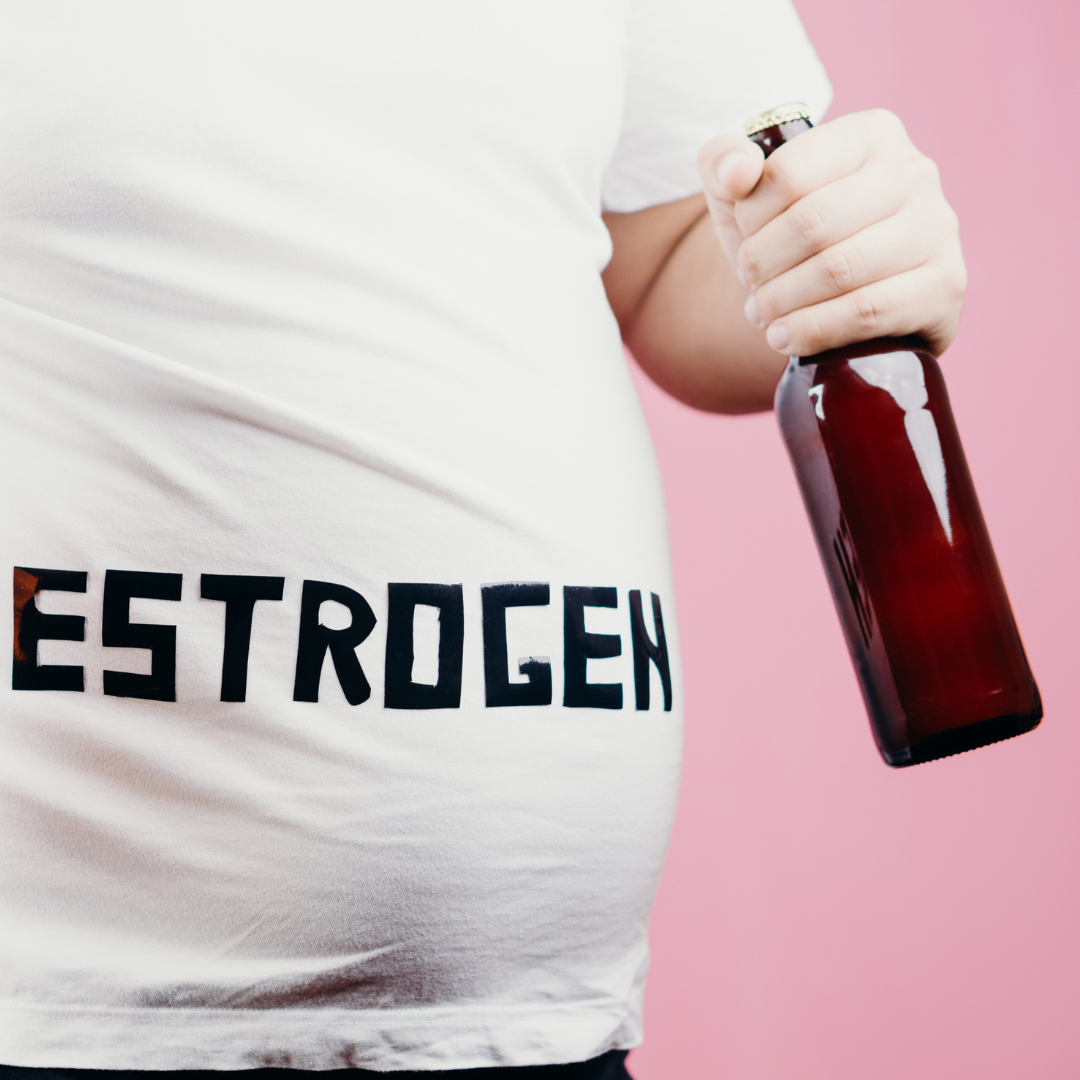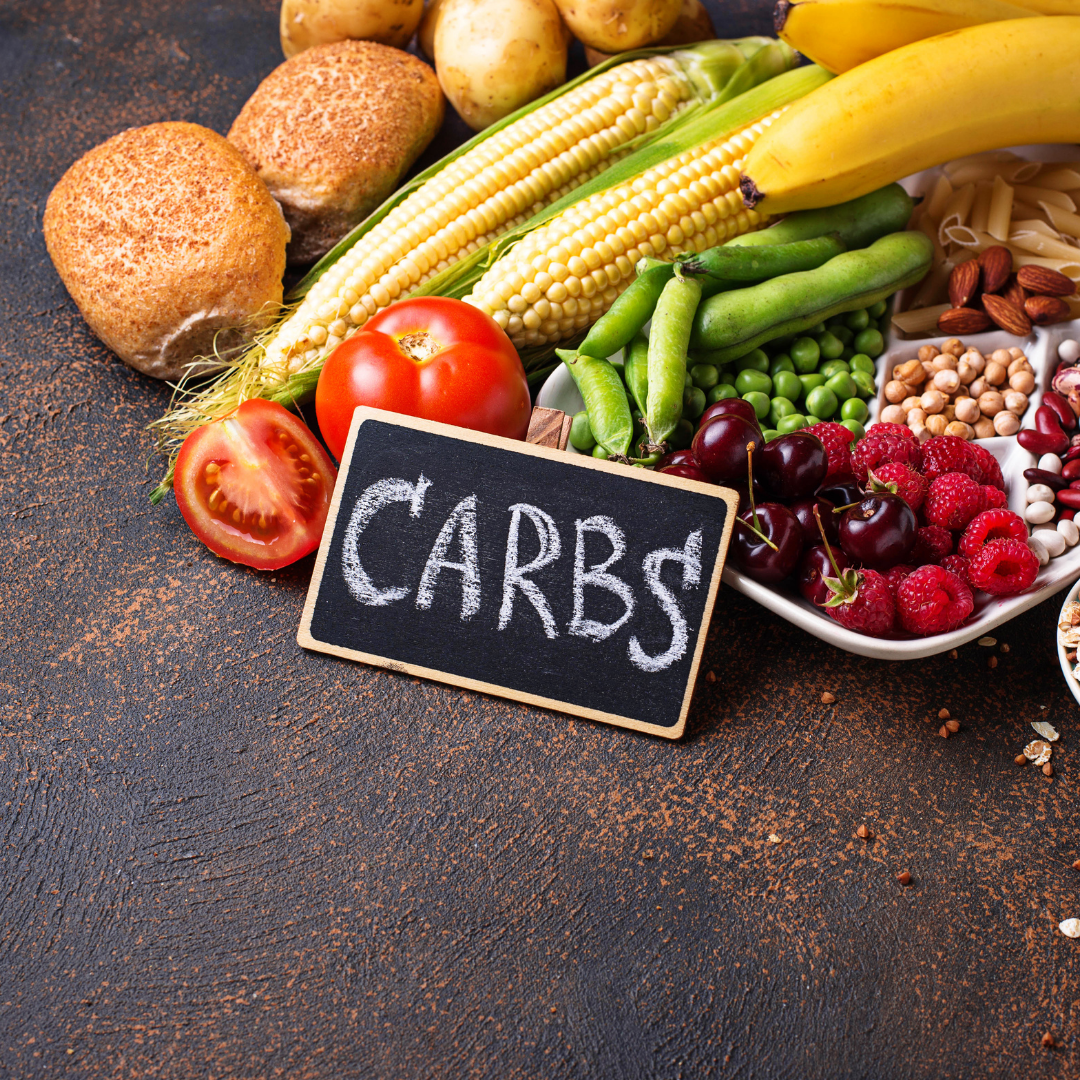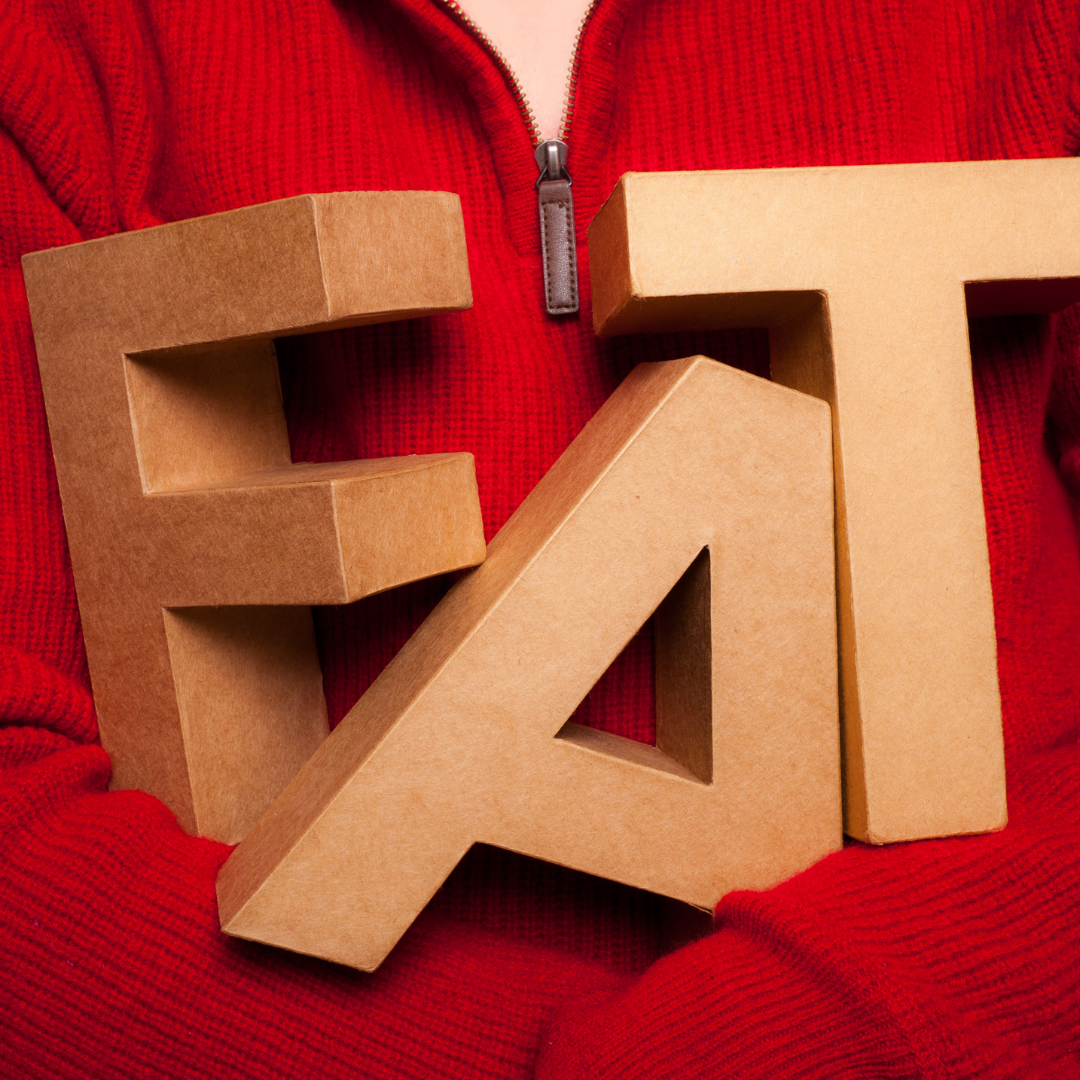Are Environmental Estrogens Destroying Your Health?

Are Environmental Estrogen’s Sabotaging Your Health, Performance and Weight Loss Goals? The simple truth is, yes they are! It is obvious and well known that our world today is plagued by massive amounts of toxic chemicals. They are in our food, water, soil, air an many of the products we buy and use. Is it any wonder why we as a people are getting fatter, fertility rates are low, children are physically and sexually maturing at much younger ages, breast, prostate and other forms of cancer are at all time highs, testosterone levels are lower and overall good health is at a decline. So whether you are an athlete looking for optimal athletic performance or an everyday person trying to improve your health this information is vital to your success.

Estrogen’s in our environment come from a multitude of places. To simplify I have made a list of many of the most common sources.
1. Much of the food we eat is highly contaminated with these environmental estrogen’s. These estrogen’s come from hormones and antibiotics used to improve the growth and production of beef, pork and poultry. Once injected or fed to the animal it is passed on to us when we consume them.
2. Produce is not unaffected either. A large majority of our produce is laden with pesticides and chemical fertilizers. These chemicals mimic natural estrogen activity in the body wreaking havoc on our endocrine system.
3. Our water supply is also a culprit. The use of birth control pills by a large amount of our population is excreted naturally in urine. These hormones leach into our water supply through ground water and sewage. Our water supply can also be contaminated from factory chemical waste and runoff that leaches into our groundwater Unfortunately, our sewage treatment does not effectively remove all of the drugs and hormones from our water. These hormones are then passed on to us when we drink, cook and wash with the water in small amounts. Over time, this constant exposure may accumulate in our bodies.
4. Plastic bottles and food containers are our fourth cause. Many of the chemicals used to produce plastics also mimic estrogen’s in our bodies. They may leach into our food and water. This incidence is much higher if you heat or cool food and/or water in these containers.
5. Oil based coatings such as BPA’s found in can linings and other food storage containers cash register receipts(which are super annoying by themselves) and water bottles. BPA’s are also estrogenic and toxic to our bodies.
6. Many of our skin care products such as, cosmetics, deodorant, shampoos, moisturizers, and hair gels contain chemicals called parabens. Four of the more common types are ethylparaben, butylparaben, methylparaben and propylparaben. Parabens have been shown to disrupt hormone function, an effect that is linked to increased risk of breast cancer and reproductive toxicity.
7. Phthalates are mainly used as plasticizers, i.e., substances added to plastics to increase their flexibility, transparency, durability, and longevity. They are used primarily to soften polyvinyl chloride (PVC).
They are linked to all sorts of health issues including prostate cancer.
These plasticizing chemicals are found in:
o Synthetic Scents including candles and personal care products
o Makeup (to keep lotions and makeup to stick to your face longer)
o Vinyl shower curtains, flooring and other products
o Laundry products
o Nail polish
o #3 plastic cling wrap
o Water bottles
8. Excessive Alcohol Consumption. Drinking alcohol excessively has been linked to lower fertility rates and can trigger estrogen levels to increase. Beer is one of the worst culprits.
9. Soy. Soy is an estrogenic compound. The xenoestrogens in soy may contribute to the disruption of hormonal balance in your body.
10. Eating processed food or large amounts of grain-based foods. Aside from the fact that eating too much grain and processed foods will make you fat, chemical additives in foods can also act as hormone disruptors.
The main problem with these environmental estrogen’s is our body’s ability to detoxify them. Our body’s are constantly bombarded with these chemicals from all directions. Over time the body may have difficulty properly detoxifying and eliminating these chemicals. This leads to a build up and can lead to increased cancer risk, decreased testosterone, increased body fat gains and a host of other illnesses.

So, now that I scared the hell out of you, what can you do to help limit your toxic exposure to these treacherous chemicals?
The following list is a great place to start.
- Buy certified organic meats and vegetables. These products are free of these hormones, pesticides, chemical fertilizers and are non-GMO as well.
- Limit consumption of water from plastic bottles and containers. Buy a special gravity fed water filter or a reverse osmosis water filter for your house and store your water in glass containers. Although it is not fully certain this will remove all chemical contaminants there is some evidence that it does at least lower them. Here is a great place to compare many types of water filters from the Environmental Working Group. EWR Water Filters
- Do not heat or freeze food and/or beverages in plastic containers. It is also wise to not store foods in lastic containers as the heated temperature of the food when you put it into the container and the cold temperature of the refrigerator or freezer can lead to the leaching or plastic chemicals into the food. Instead look for glass storage containers and/or these great silicone lids and silicone storage bags that are much safer. The added bonus is you will use less plastic that would end up getting thrown out and contributing to more environmental issues.
- Buy fresh or frozen foods. If you buy canned foods make sure they do not use BPA linings. If you buy frozen foods DO NOT heat them in the plastic package it came in.
- Avoid all cosmetics, cleaning products, shampoos, etc that contain any form of parabens. Read the labels! For a list of paraben levels in products also refer to: ewg.org
- Avoid fragranced products, including air fresheners, plug-ins, wax melts, personal care products and dryer sheets.
- Use coconut, olive or avocado oil instead of vegetable oil. Vegetable oils aside from being generally unhealthy for you, especial soy bean, often contain high-estrogen food additives.
- Avoid most types of non-stick cookware. These chemicals used to make it non-stick are not only estrogenic but carcinogenic. Healthier and safer alternative include cast iron, 100% ceramic, ceramic coated stainless steel, glass and stainless steel pots and pans. Please be aware that ceramic coated pans are usually coating a type of metal (usually aluminum a neurotoxic metal) so look for ceramic coated stainless steel instead.
- Eat large amounts of plants that have been shown to have estrogen detoxifying properties. Among these are flax seeds and lignans, sesame seeds, leafy green vegetables, broccoli and other cruciferous vegetables, alfalfa, clover, licorice root, omega-3′s and legumes.
- Use helpful supplements in combination with a healthy nutrition and exercise program to assist your body’s natural detoxification pathways.
Unfortunately, environmental estrogen’s and other toxins will continue to rise along with all of the havoc they bring to our bodies. Fortunately, we can mitigate some of the risk by being aware and applying some of the recommendations above. If this seems overwhelming simply start to make 1-2 of the small changes mentioned above. Over time these small actions can pay big dividends towards improving your health, performance and weight loss!
To your health.
Kevin


















